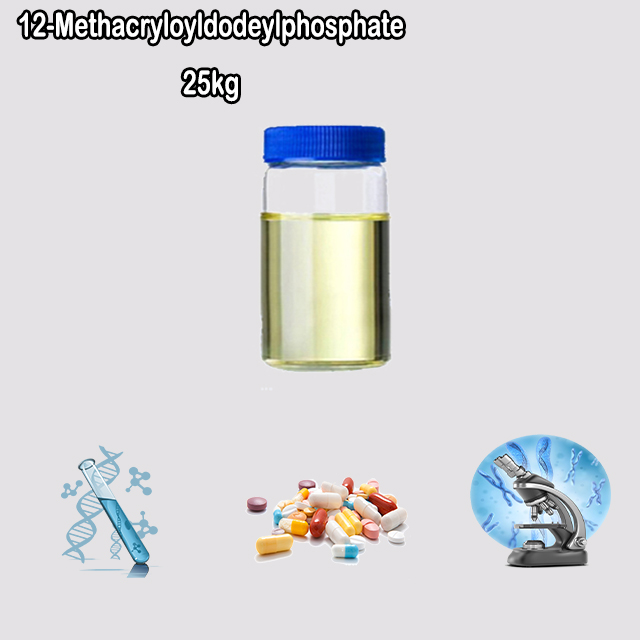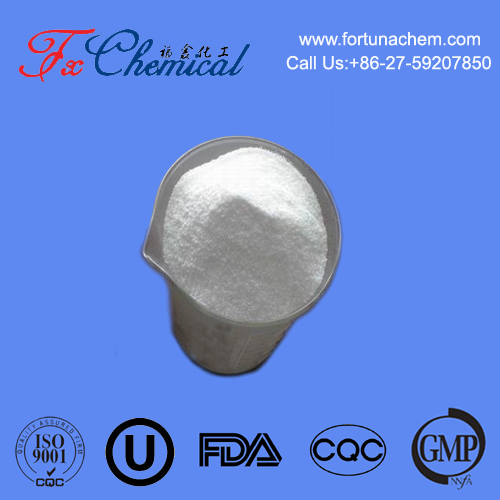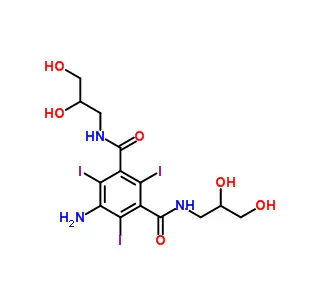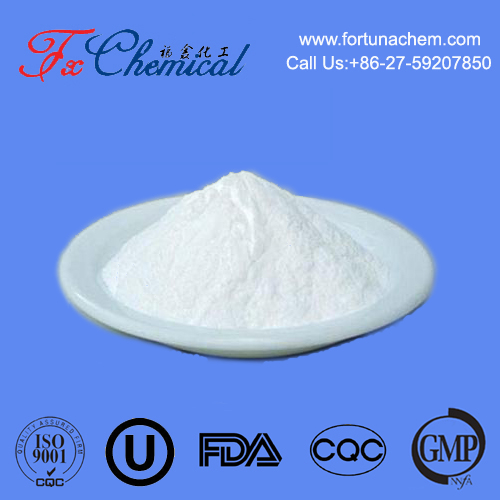
Search

Search

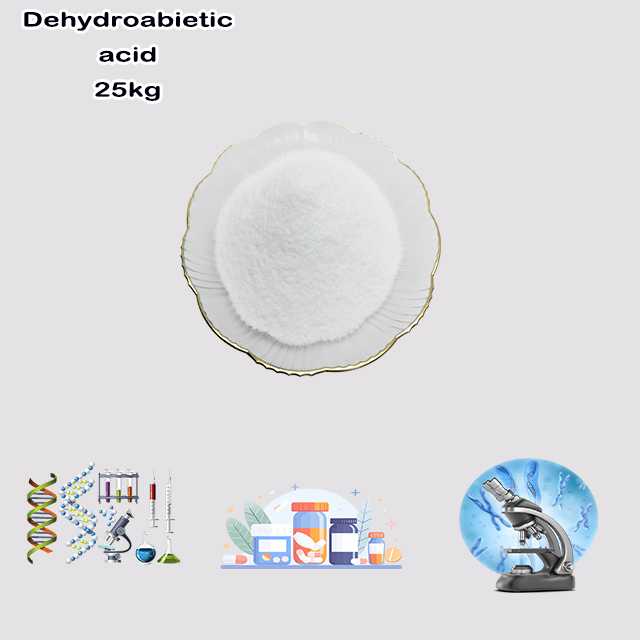
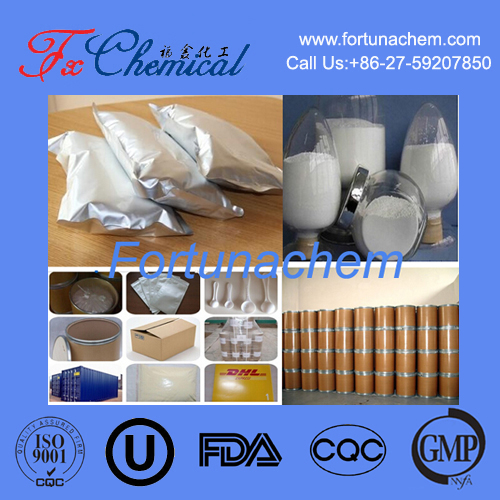
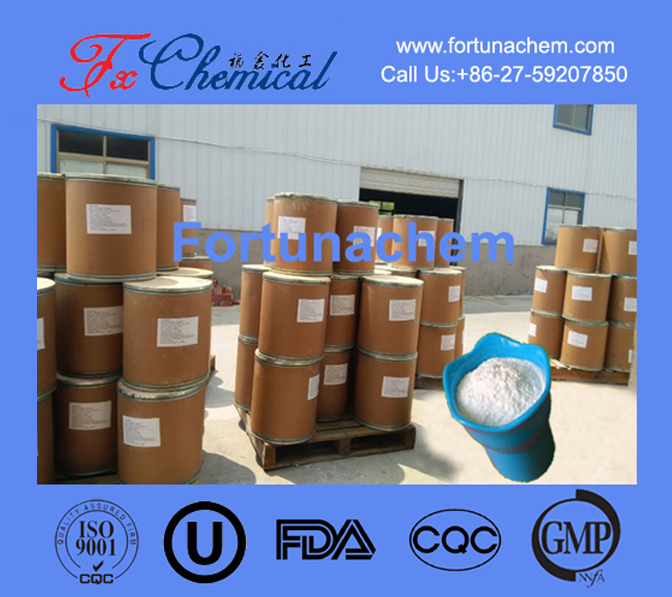
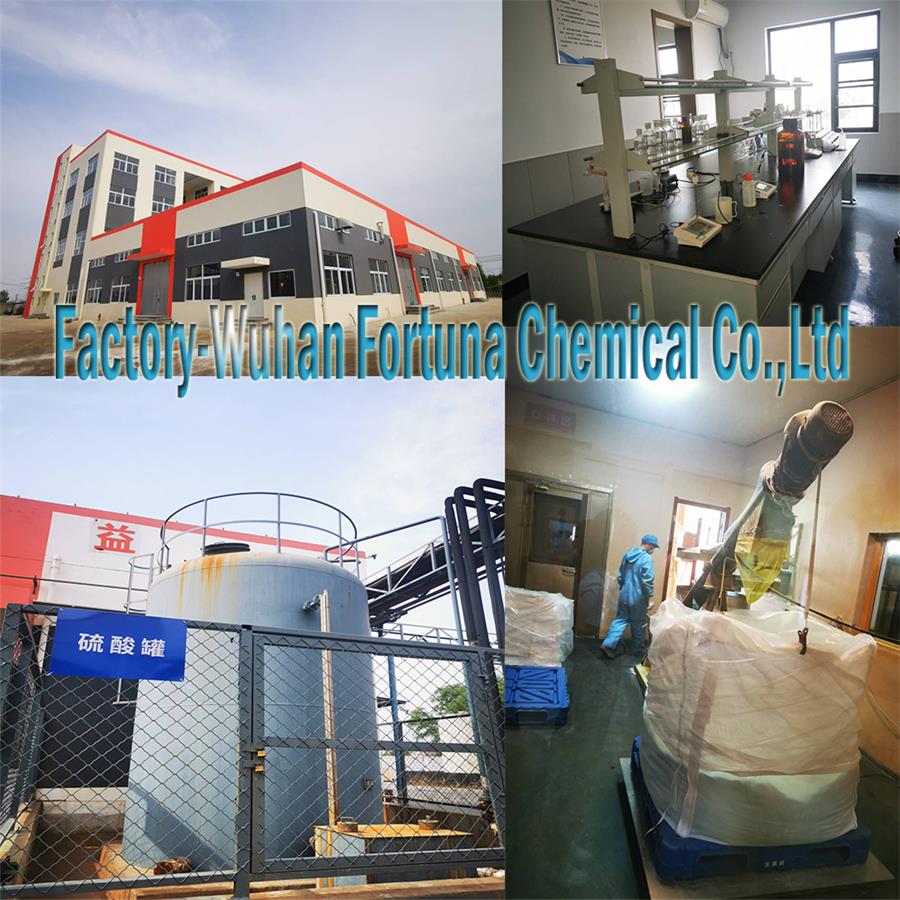
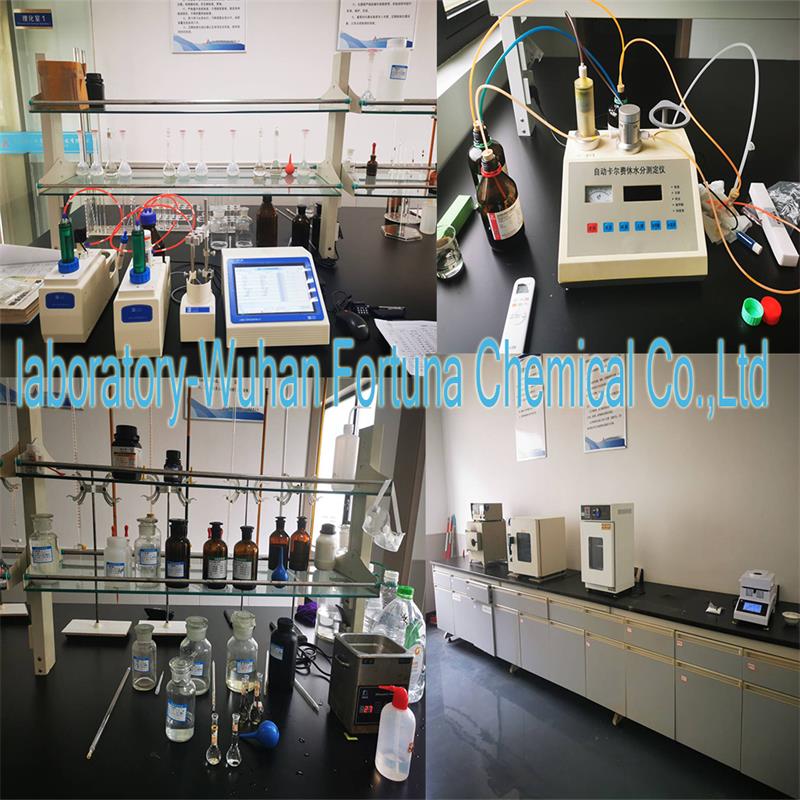





Dehydroabietic acid is used as a pharmaceutical intermediate. Dehydroabietic Acid is a resin acid found commonly in rosin. Dehydroabietic Acid is used in rosin-type nucleating agent for polypropylene. Dehydroabietic Acid is used commonly in the synthesis of surfactants, antioxidants and chiral catalysts.
| item | specification | result |
| Appearance | white powder | conform |
| purity | 99%min | 99.4% |
| Product parameters | |
| Cas number: | 1740-19-8 |
| Appearance: | white powder |
| Purity: | 99.0%min |
| Package details: | 25Kg/Drum |
| Brand: | Fortunachem |
Dehydroabietic acid (DHAA) is a naturally occurring organic compound classified as a diterpenoid carboxylic acid. In simpler terms, it's a specific type of resin acid that is a major component of rosin.
Source: It is derived from abiotic acid, another resin acid found in the oleoresin (sap) of conifer trees, such as pines, spruces, and firs.
Formation: DHAA is not a primary component of fresh tree sap. It is primarily formed through the oxidation and dehydrogenation (loss of hydrogen atoms) of abiotic acid. This process happens naturally as rosin ages and is exposed to air and light, and it also occurs during the industrial processing of wood pulp for papermaking.
Its chemical structure is characterized by a phenanthrene backbone (a three-fused benzene ring system), which makes it a stable, aromatic compound.
Chemical Formula: C₂₀H₂₈O₂
Appearance: It typically appears as a crystalline solid.
Stability: It is more chemically stable and resistant to oxidation than its precursor, abiotic acid. This stability is why it tends to accumulate in older rosins and in byproducts of the paper industry.
Dehydroabietic acid is significant in several fields, primarily due to its natural origin and its biological and chemical properties.
1. Pulp and Paper Industry:
This is where DHAA is most commonly encountered in an industrial context. It is a major component of "tall oil," a by-product of the Kraft (sulfate) pulping process. Tall oil is refined to produce various chemicals, and DHAA can be isolated from it. Its presence is also a concern because it can form insoluble salts ("pitch") that interfere with papermaking machinery.
2. Biological Activity and Potential Applications:
Research has shown that DHAA possesses several interesting biological properties, making it a compound of interest for pharmaceutical and agrochemical development. These include:
Antimicrobial Activity: It has demonstrated effectiveness against various bacteria (e.g., Staphylococcus aureus, including MRSA) and fungi.
Anti-inflammatory Activity: Studies indicate it can inhibit the production of inflammatory mediators, suggesting potential for treating inflammatory conditions.
Anticancer Potential: Some laboratory studies (in vitro) have shown that DHAA can inhibit the growth of certain cancer cell lines.
Insecticidal and Herbicidal Activity: It acts as a natural defense compound for trees against insects and pathogens, and this property is being explored for natural pesticide development.
Anti-ulcer Activity: Research has investigated its potential to protect the stomach lining.
3. Chemical Synthesis:
Due to its complex and stable structure, DHAA is used as a starting material (chiral synthon) for the synthetic preparation of other organic compounds, including potential pharmaceuticals and fragrances.
4. Environmental Marker:
It is very persistent in the environment. As a result, it is used as a chemical biomarker to track the environmental impact of pulp and paper mill effluents in water and sediments.
Think of conifer tree resin (like pine sap) as a protective "bandage" for the tree. This resin contains a mixture of compounds, including abietic acid.
Fresh Resin: Contains mainly abietic acid (the "parent" compound).
Aged or Processed Resin (Rosin): When this resin is exposed to air, light, or heat (like during the collection of rosin for violin bows or during papermaking), the abietic acid undergoes a chemical change, losing hydrogen atoms and becoming more stable. This transformed compound is dehydroabietic acid.
It's similar to how fresh, green olive oil has certain compounds that change and develop different properties as the oil ages or is heated.
| Aspect | Description |
|---|---|
| Identity | A diterpenoid resin acid. |
| Natural Source | Oxidized rosin from conifer trees (pines, firs). |
| Industrial Source | A major component of tall oil from paper pulping. |
| Key Feature | A stable, aromatic compound formed from abietic acid. |
| Significance | Industrial chemical, biomarker, and a promising lead compound for pharmaceuticals and agrochemicals due to its antimicrobial, anti-inflammatory, and other biological activities. |
In conclusion, dehydroabietic acid is much more than just a component of tree sap. It is an industrially relevant chemical and a fascinating natural product with significant potential in medicine and agriculture.
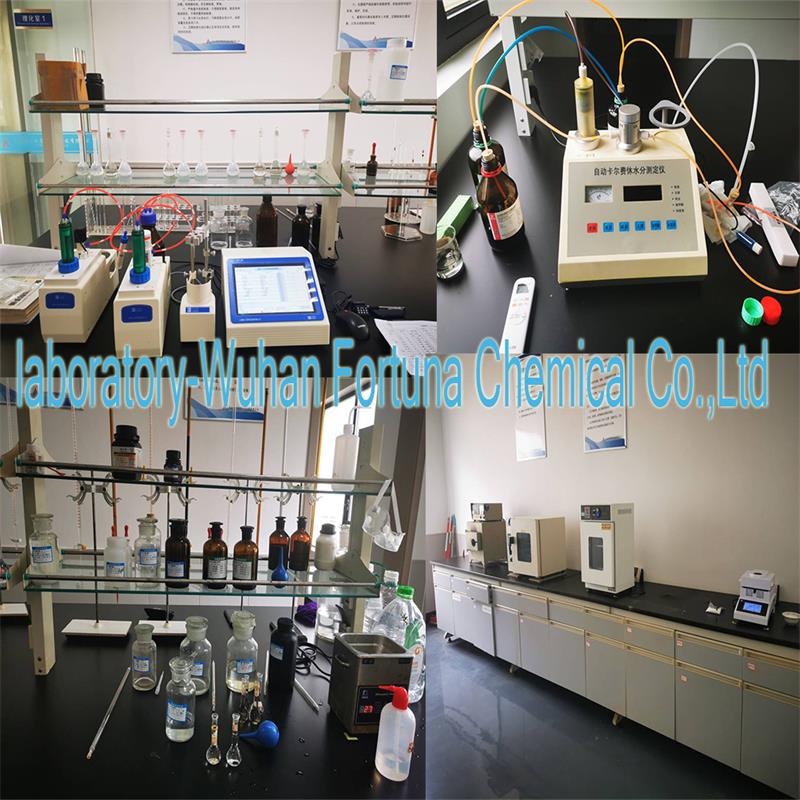
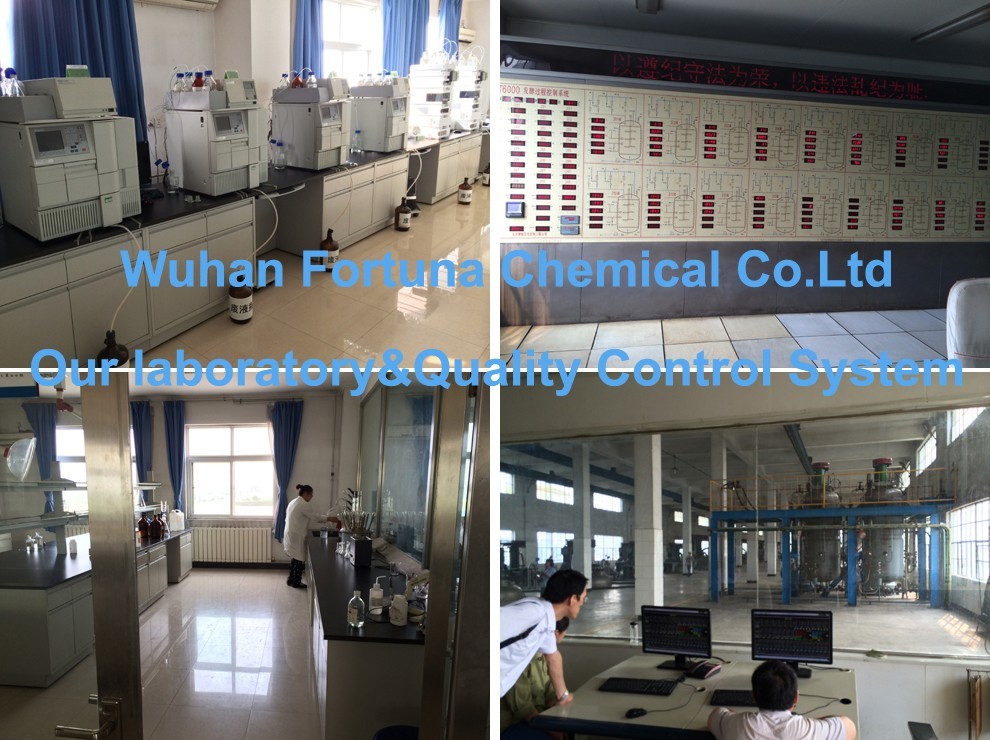
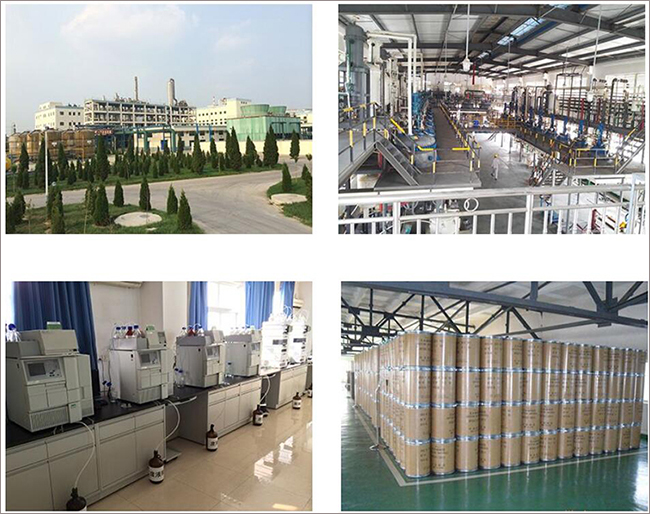
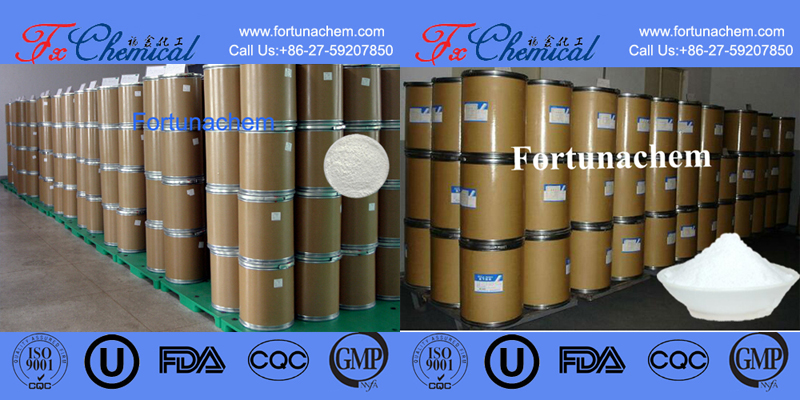

Fortunachem Provides Not Only Professional Chemical Products But Also Professional Help
Keeping you up-to-date with all the latest information, news, and events about Fortunachem!

Quick Links
Add:
E-mail:
 English
English  Español
Español  français
français  العربية
العربية 